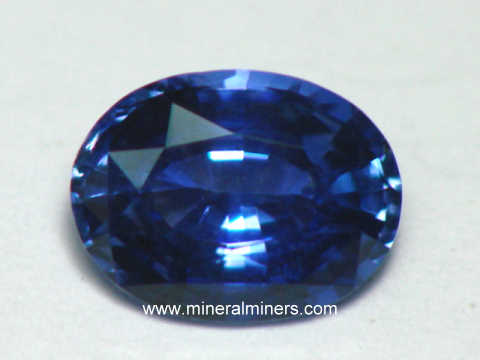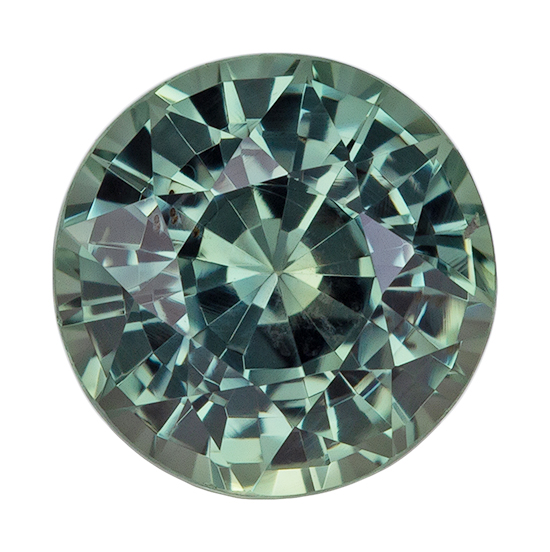

Chromium is the primary cause of the red color of ruby and the color of pink sapphire. The causes of color in ruby and sapphire are well researched and documented. Corundum of other colors is produced when trace amounts of other elements or defects in the corundum crystal lattice cause selective absorption of certain wavelengths of light. "Allochromatic" means that pure corundum (Al 2O 3) is colorless or white. This is a bit of a surprise because corundum is an allochromatic mineral. It occurs in hues of red, orange, yellow, green, blue, and purple. Deposits in Tanzania, Kenya, Madagascar, Ethiopia, Nigeria, and other countries are producing these colorful gems.Ĭorundum has one of the greatest natural color ranges in mineralogy. In the 1960s sapphire was named the "official state gemstone." That attention helped Montana sapphires of all colors attract the patronage of state residents and a steady stream of tourists and visitors.ĭuring the past few decades, Africa has become an important source of fancy sapphires. In the United States, Montana has been a source of fancy sapphires for over 100 years. Minor amounts have been produced in numerous other countries. Sri Lanka, India, Myanmar, Thailand, and Australia have historically been important sources of fancy sapphire.

When it is red, it is known as " ruby," when blue it is known as " sapphire," and when colorless it is known as "white sapphire." All other colors of gem-quality corundum are "fancy sapphire." Table of Contents The mineral known as corundum occurs in an infinite number of colors. A fancy sapphire is a gem-quality corundum that is any color other than red, blue, or colorless.


 0 kommentar(er)
0 kommentar(er)
